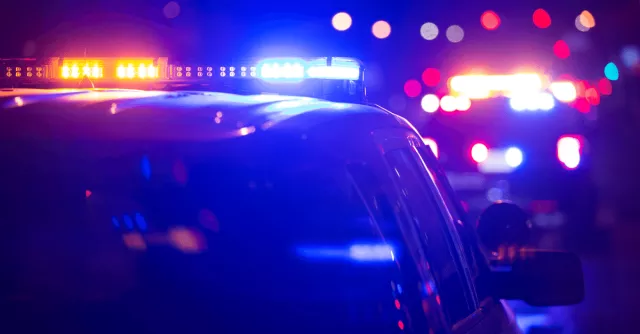Active Shooter Preparedness Checklist
An active shooter is an individual actively engaged in killing or attempting to kill people in a confined and populated area. In many cases, active shooters use firearms, and there is no method to their selection of victims.
Because active shooter incidents are often over within 10 to 15 minutes, before law enforcement arrives, you must be prepared both mentally and physically to deal with the situation.
KEY POINTS
- Recognize behaviors that warn of violence.
- Evacuate, but only if it is safe to do so.
- If unable to run, stay in place until authorities give the all clear.
- As a last resort, play dead or try to take the active shooter down. When the shooter is close to you and you are unable to flee, your chance of survival is much greater if you try to incapacitate the shooter.
Active Shooter Statistics
Since FBI began releasing their report in 2000, the first seven years demonstrated an average of 6.4 active-shooter incidents, and that figure grew more than twofold to 16.4 the following seven years. The number lingered around 20 incidents every year since then, surging in the last two. Unfortunately, these statistics have been steadily climbing, and last year’s results remained consistent with this troubling trend. According to the FBI, over 600 active shooter incidents occurred in 2023.
655 incidents in 45 states.
2,443 casualties – including the shooters.
746 fatalities
80 mass shooting events took place at a school or university
Types of locations (2022 - 2023):
- Nearly every state in the U.S. experienced a mass shooting event (45).
- 46% of the incidents occurred in open spaces.
- 28% in commerce, including grocery stores, malls, and shopping centers
- 12% in education and residences.
- 4% in houses of worship and government.
- 2% in health care.


